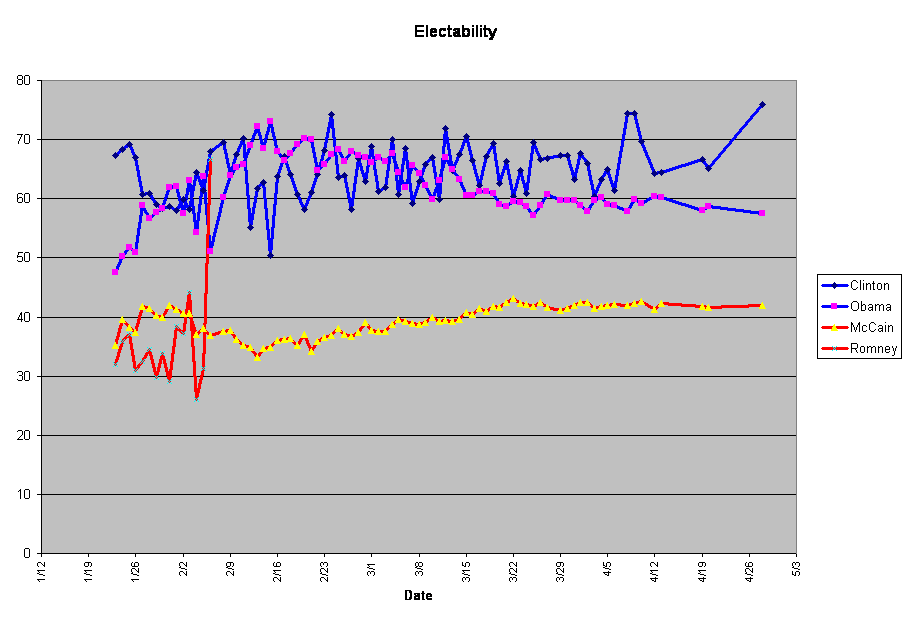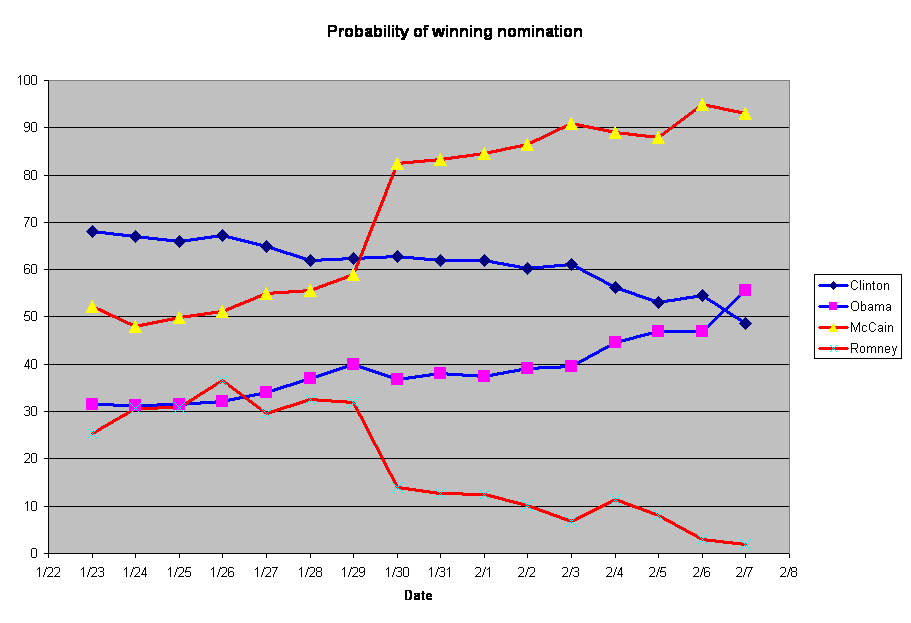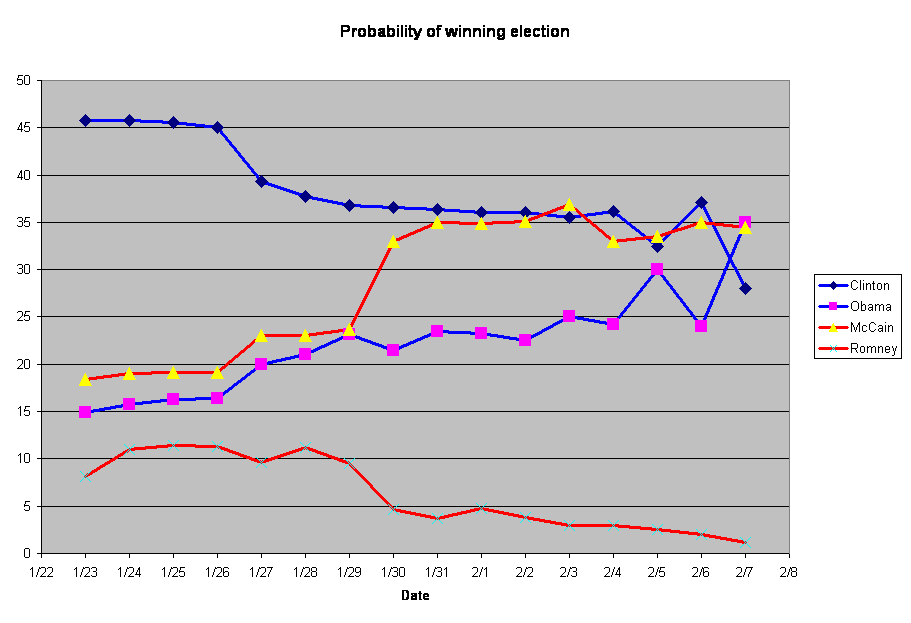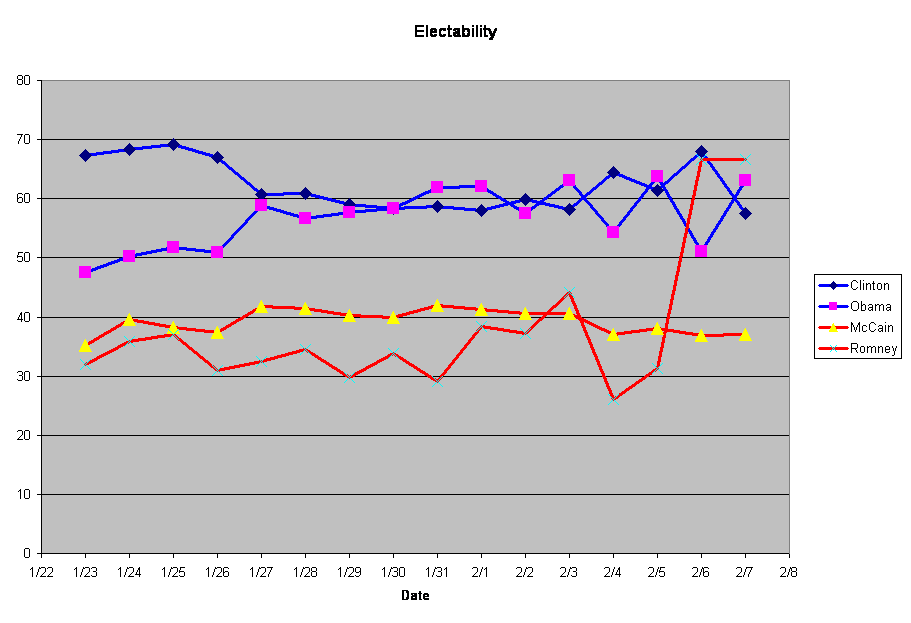According to the International Astronomical Union, Pluto is still not a planet, but it is a Plutoid. If I recall correctly, at the time the original naming decision was made, there was a proposal to call the class of Pluto-like objects “Plutons,” but that was rejected, in part because “Pluton” is already the name of Pluto in various languages, including French. I guess “Plutoid” solves that problem.
I don’t much care about Pluto no longer being considered a planet, but I do think that the IAU made a poor choice of naming conventions. According to the new system, Pluto and similar objects are not planets, but they are “dwarf planets.” That’s right: a dwarf planet is not a planet. That’s a needlessly confusing naming convention, especially since it’s inconsistent with the terminology in the rest of astronomy: dwarf stars are stars, and dwarf galaxies are galaxies.
That’s old news now, of course: the new wrinkle, namely the introduction of the term “Plutoid,” neither solves nor worsens that problem.
Even though it’s all in the past, here are a couple of observations about the Pluto-classification flap:
1. Obviously, no interesting scientific questions hinge on whether we choose to classify Pluto as a planet. I recall a news article at the time of the Great Naming Controversy saying that the future of NASA’s New Horizons probe was in doubt because of the reclassification of Pluto as a non-planet. That’s an obviously ridiculous notion: As Abraham Lincoln could tell you, the nature of a thing doesn’t change because of what we call it.
2. The justification for the Great Renaming was to have a precise physical definition of the word “planet.” Mike Brown has argued against the need for such a definition: Why not just consider the word “planet” to mean the nine bodies that it has traditionally meant? By way of analogy, the word “continent” refers to a conventional set of seven land masses. We don’t really need to justify why it’s that list of seven (Why aren’t Europe and Asia considered as one? Why not include Greenland?). Often, science needs precise, objective definitions in order to proceed. But it’s not clear that in this case anyone was being hampered by the arbitrary nine-body definition of the word “planet.” What, exactly, was the problem that the IAU solved?



